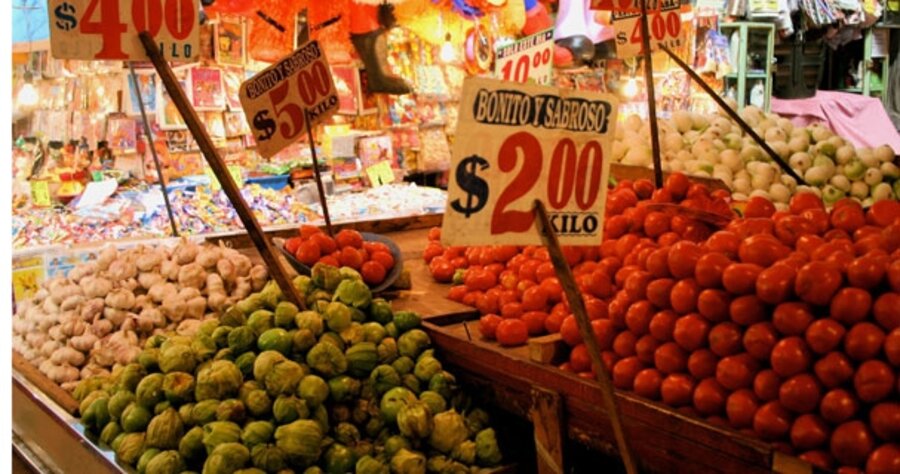Community gardens sprout in Mexico City
Loading...
MEXICO CITY (Reuters) - Under the rule of the ancient Aztecs, Mexico City was a maze of canals and floating gardens that grew corn and beans to feed the masses.
Hundreds of years later, the government of this concrete metropolis of 20 million people is promoting urban vegetable gardens as a way to ease the burden of soaring food prices faced by poor families.
Mayor Marcelo Ebrard – who is behind a string of crowd-pleasers like cycle lanes, artificial beaches, and an outdoor ice rink – has sent groups of gardening experts out to build community gardens.
Over 20 urban vegetable patches have been planted since last year, some in areas formerly used to dump trash, and the city government wants to build at least 20 more.
“We see this as a pilot project that could explode across the city,” said program director Pedro Ponce, an agronomist.
A surge in world food prices, as fuel and fertilizer costs soar and demand balloons for staple grains from fast-growing developing nations, has pushed up vegetable prices in Mexico by 17 percent over the past year, central bank data shows.
In some street markets, where lower-income families shop, stall prices are even higher.
Under the urban gardens program, neighborhoods find suitable spaces and the city government provides seeds, tools and technical assistance from agronomists who teach them how to nurture the plants and make organic fertilizer.
Urban gardeners say the tomatoes, squash, cabbages, and beans sprouting in concrete-block beds in graffiti-covered abandoned lots will take some pressure off pinched budgets.
“Prices have gone up so much. Now a kilo of tomatoes costs 17 pesos; before it was 6,” said Maria Carmen Farias, who makes a living selling meals out of her home kitchen.
“Our hope is to cover our needs and if there is a little extra we will have something to sell to our friends,” she said, sitting in a garden run by the elderly in the grim Iztapalapa neighborhood in the far south of the city.
Pensioners there beam as they examine their harvest, uprooting giant beets and carrots, rinsing off the dirt, and taking a bite.
“We started in the most vulnerable areas where people don’t have steady jobs, where there is high poverty,” Mr. Ponce said at his office in the poor but leafy Xochimilco neighborhood, which is crisscrossed by remnants of Aztec canals.
The Aztecs built their floating gardens when Mexico City was sited on what was still a giant lake. They interwove reeds and grass to make a base and layered rock and soil on top for planting.
Named a United Nations World Heritage Site, the waterways are now a tourist draw and party spot crowded with brightly painted mariachi-laden boats and floating beverage vendors.
Editor's note: Click here to see a more detailed article on this subject -- including audio -- by the Monitor's Sara Miller Llana.





